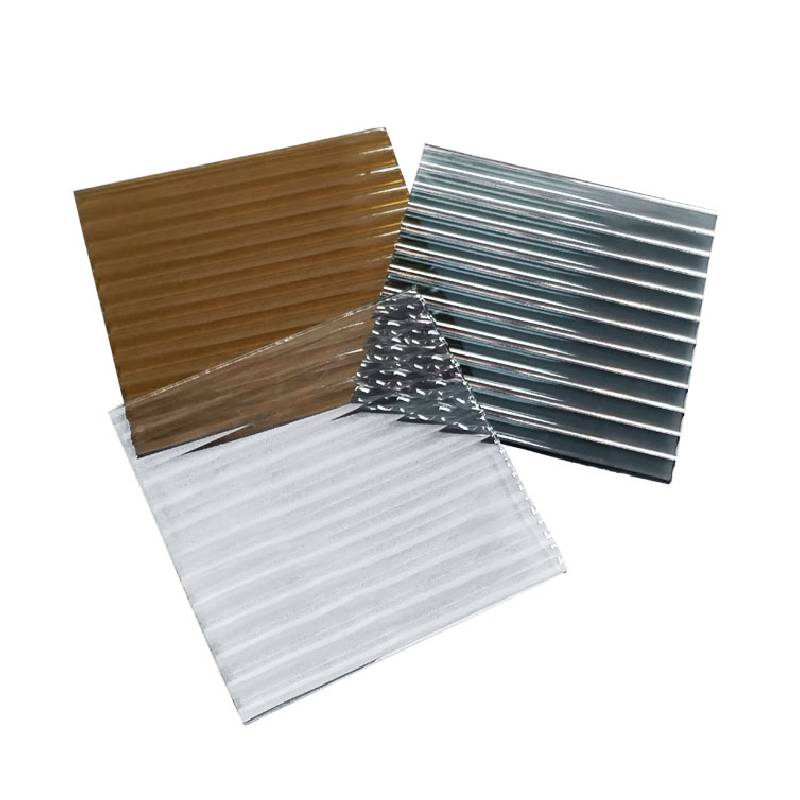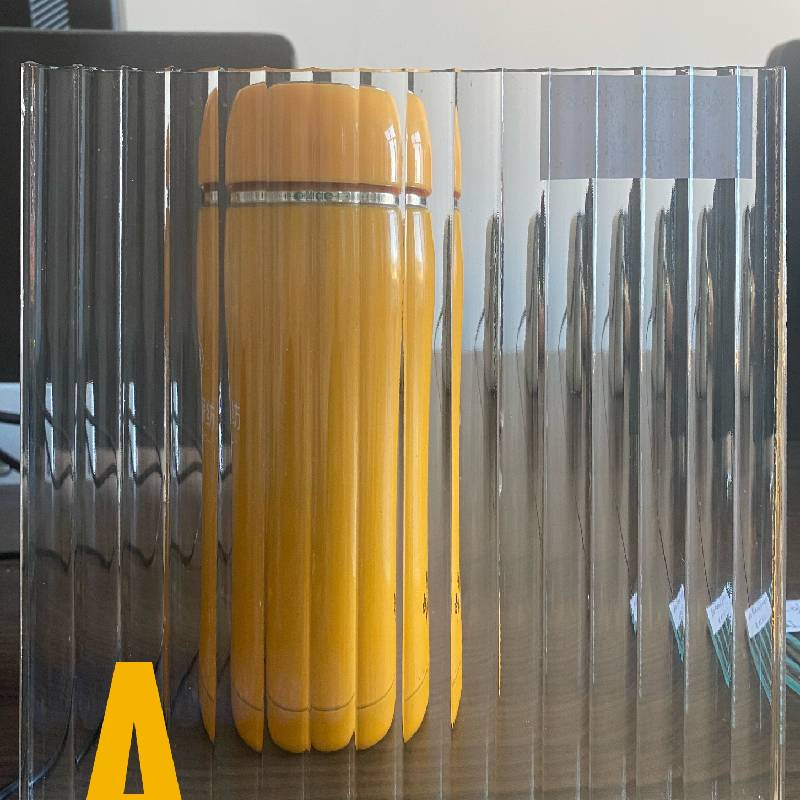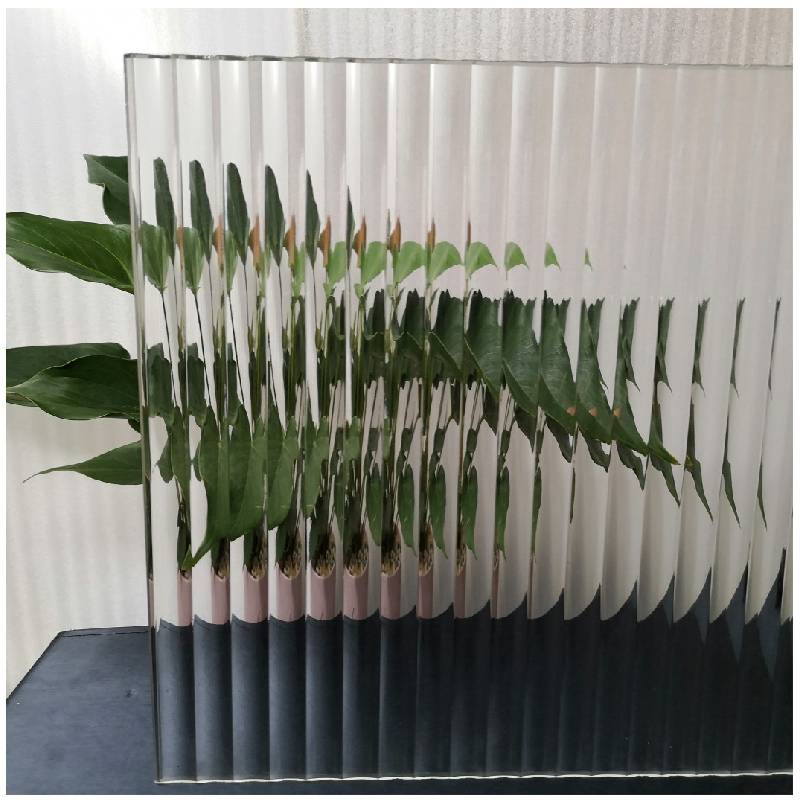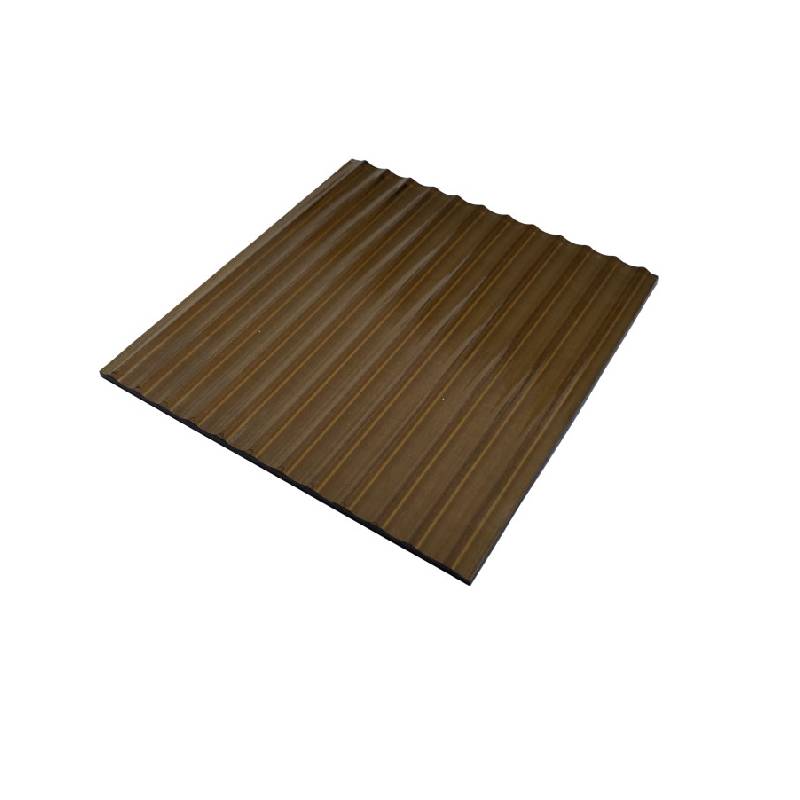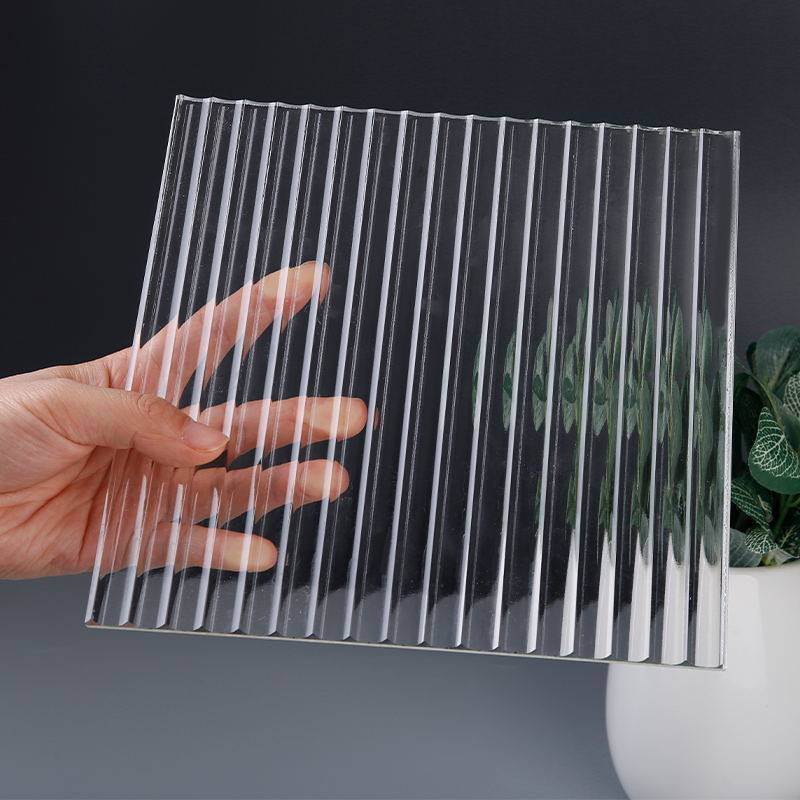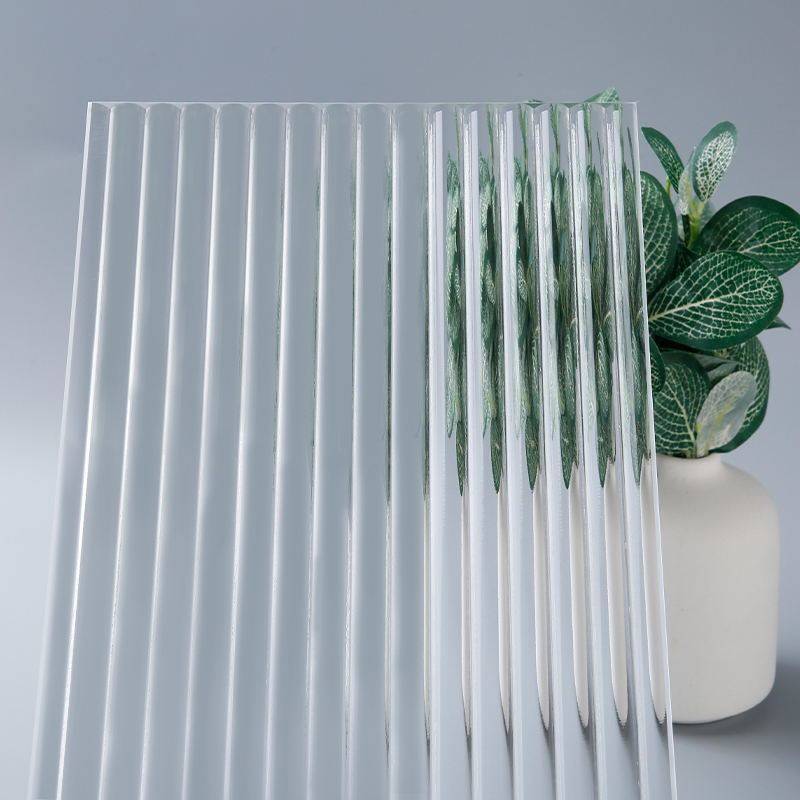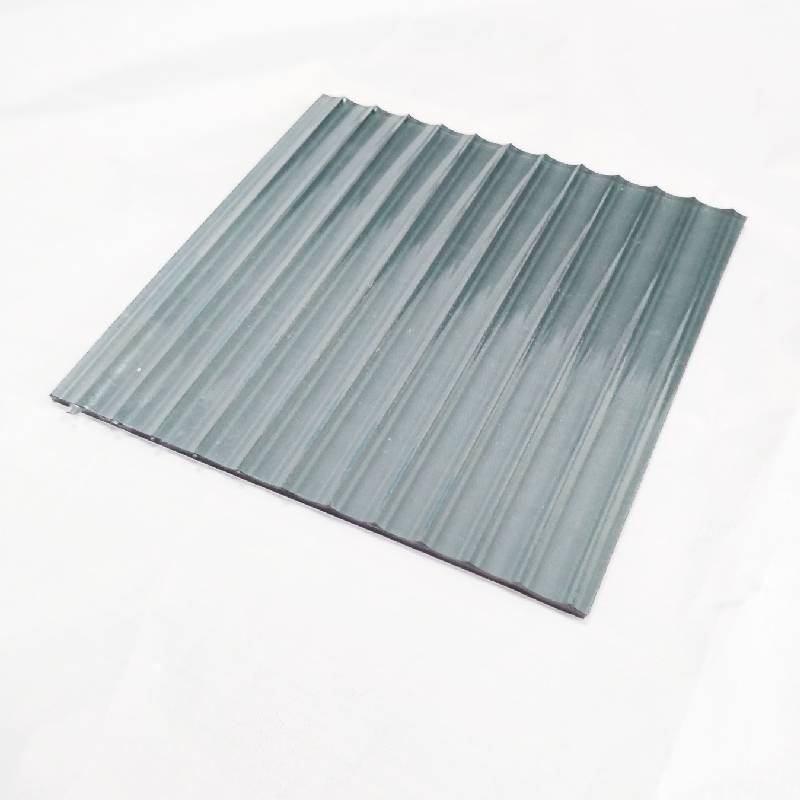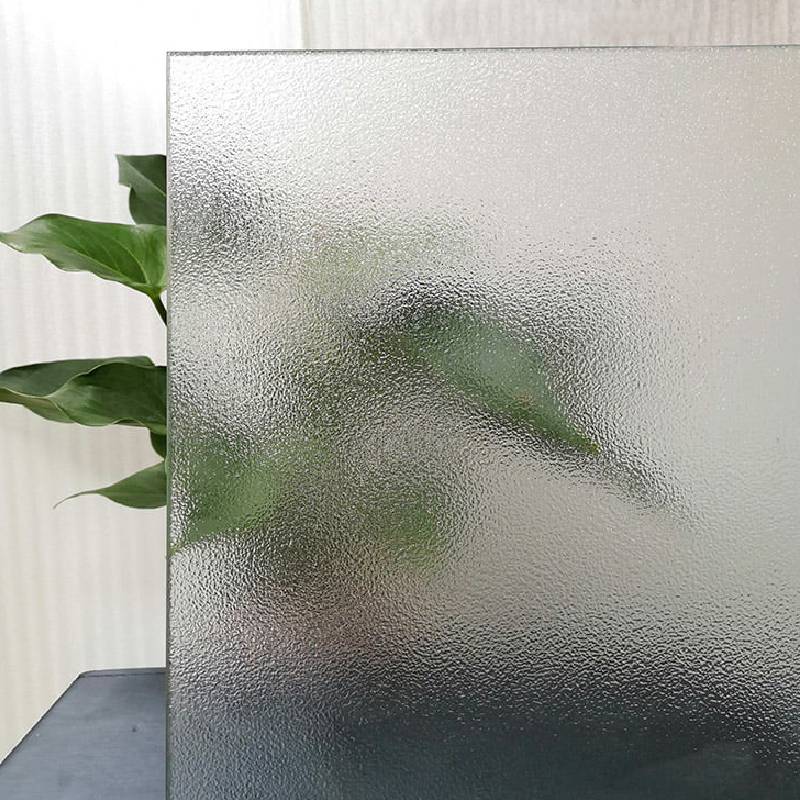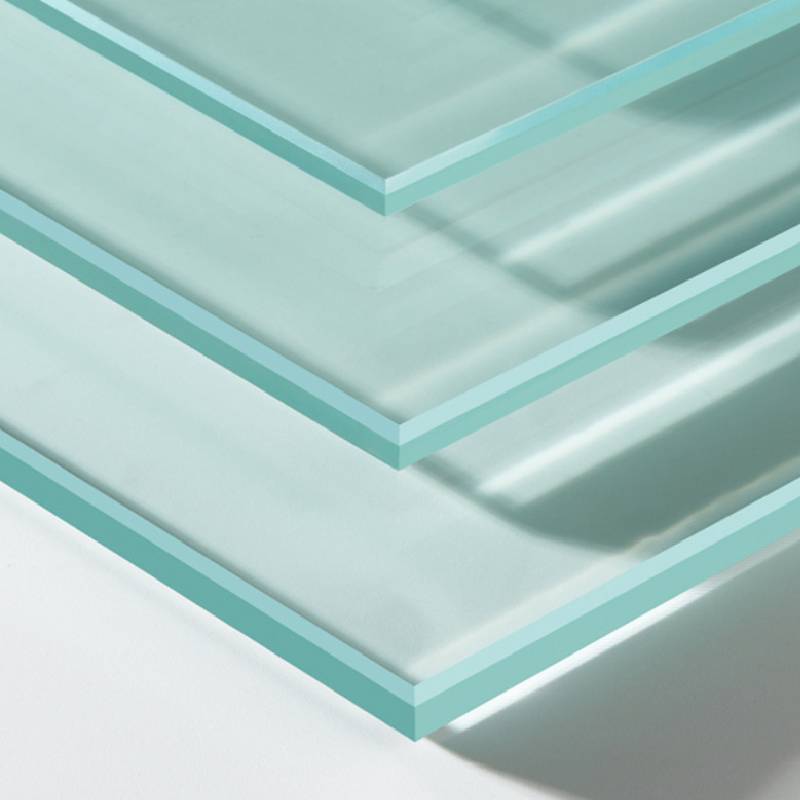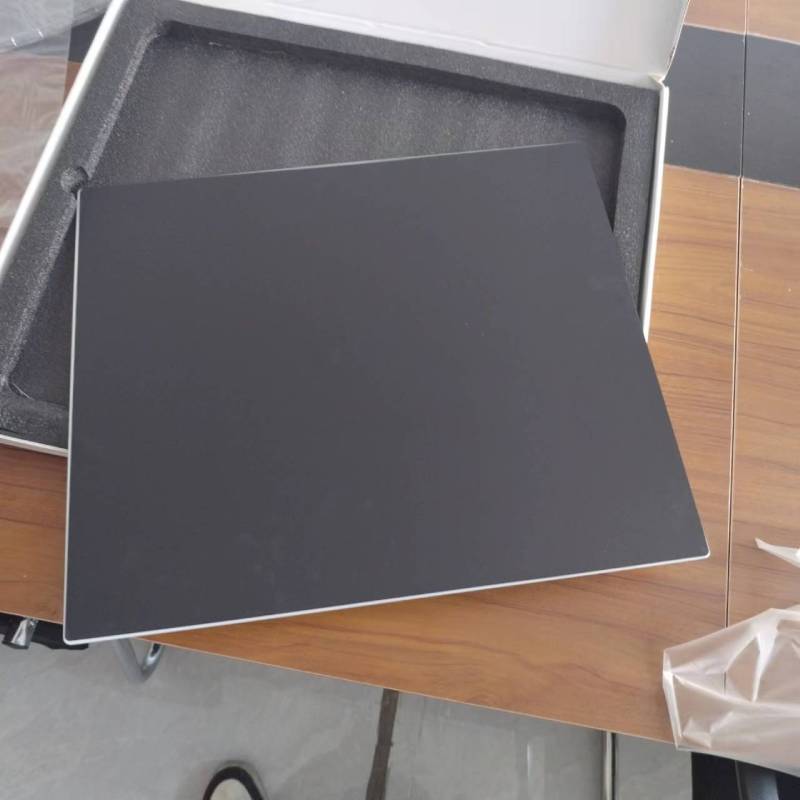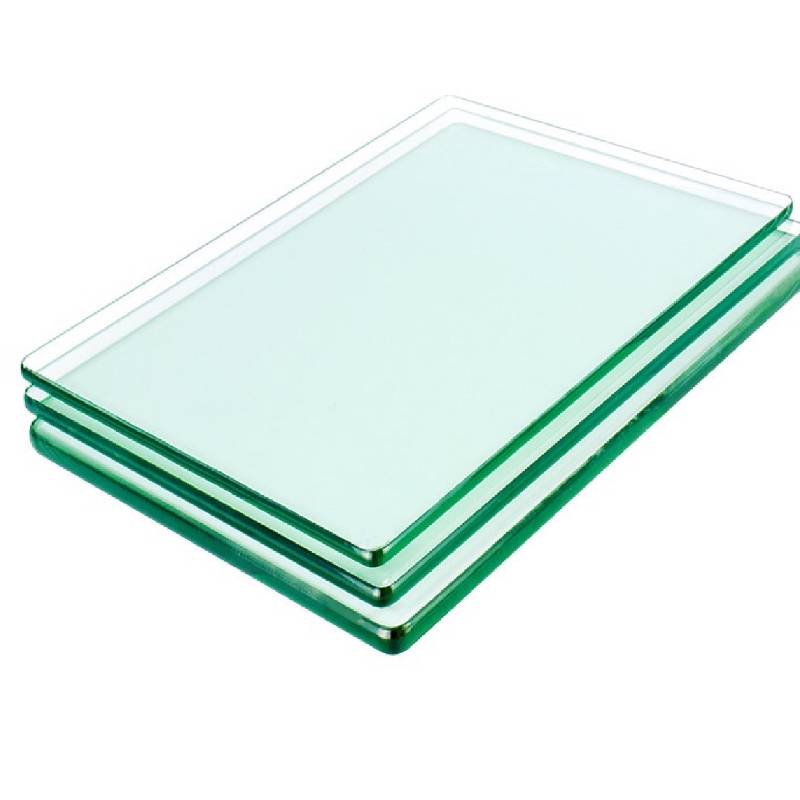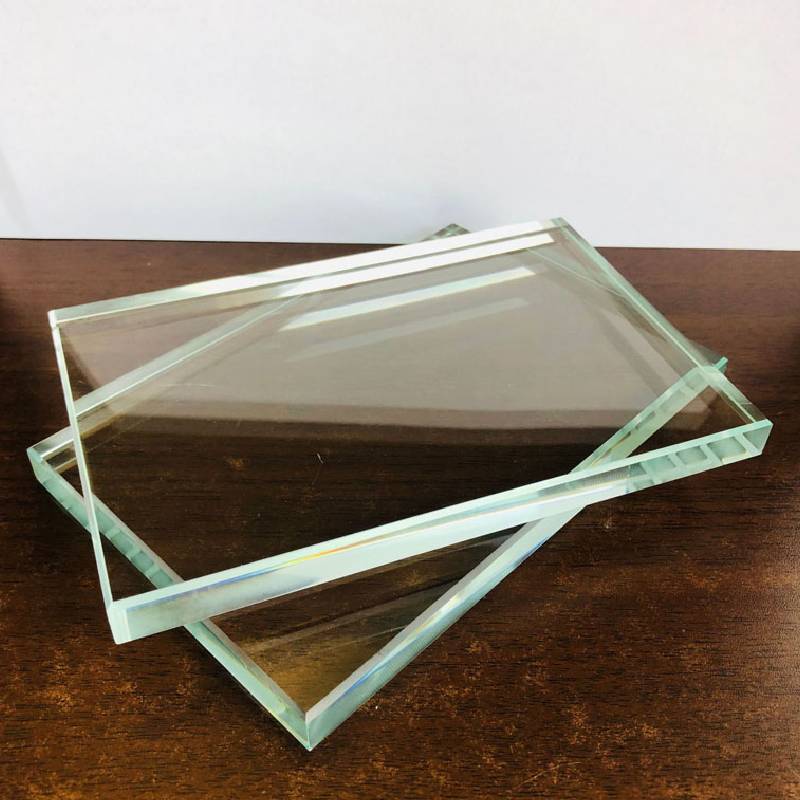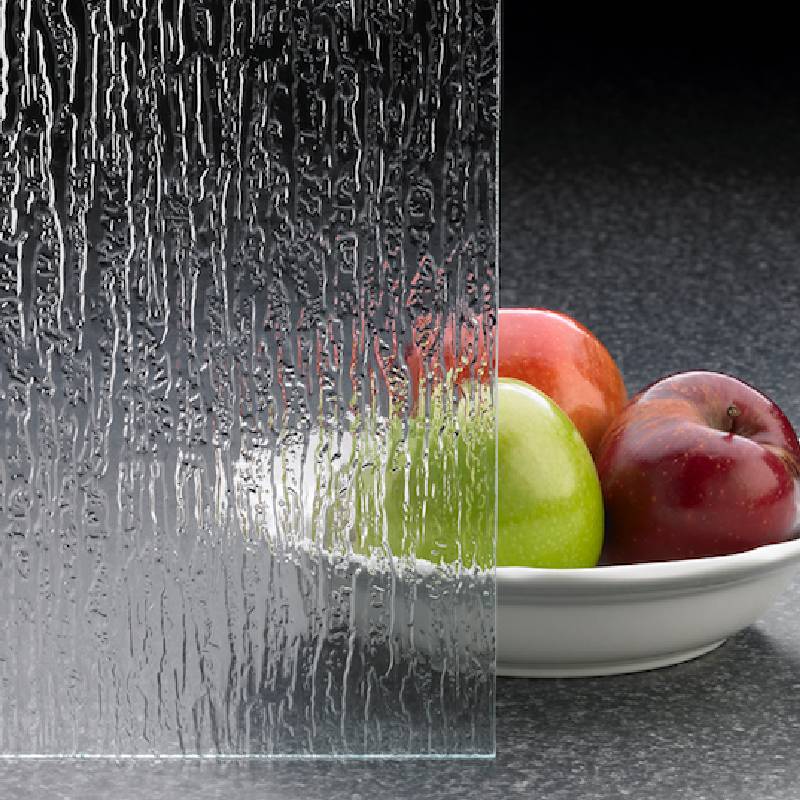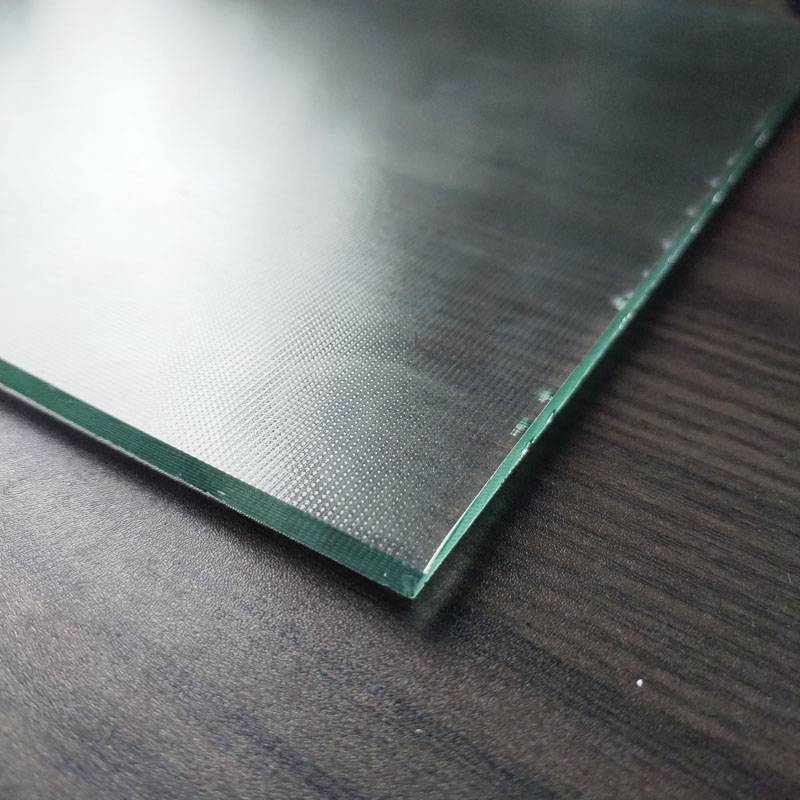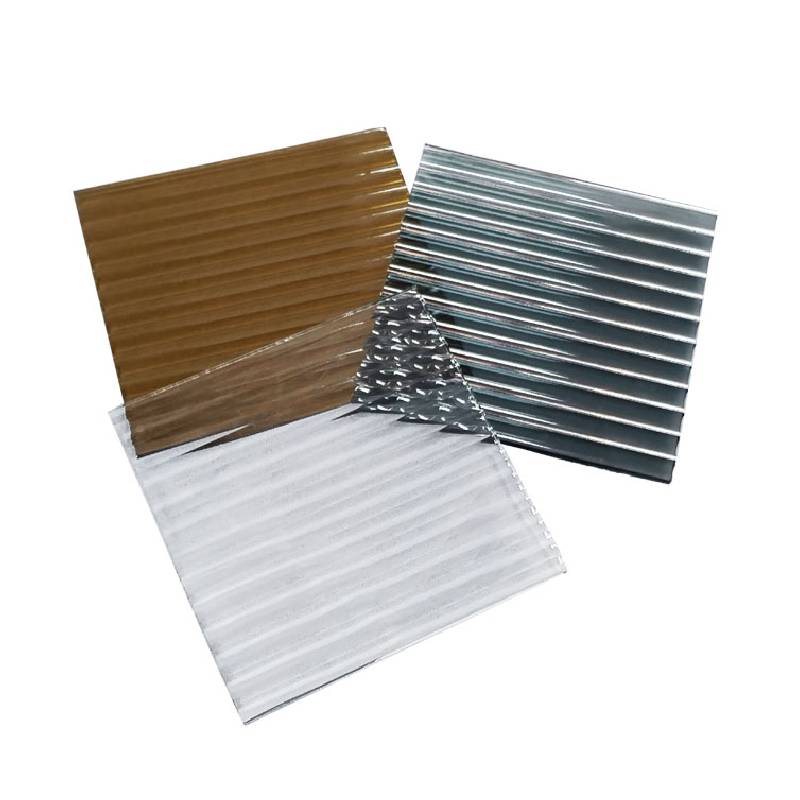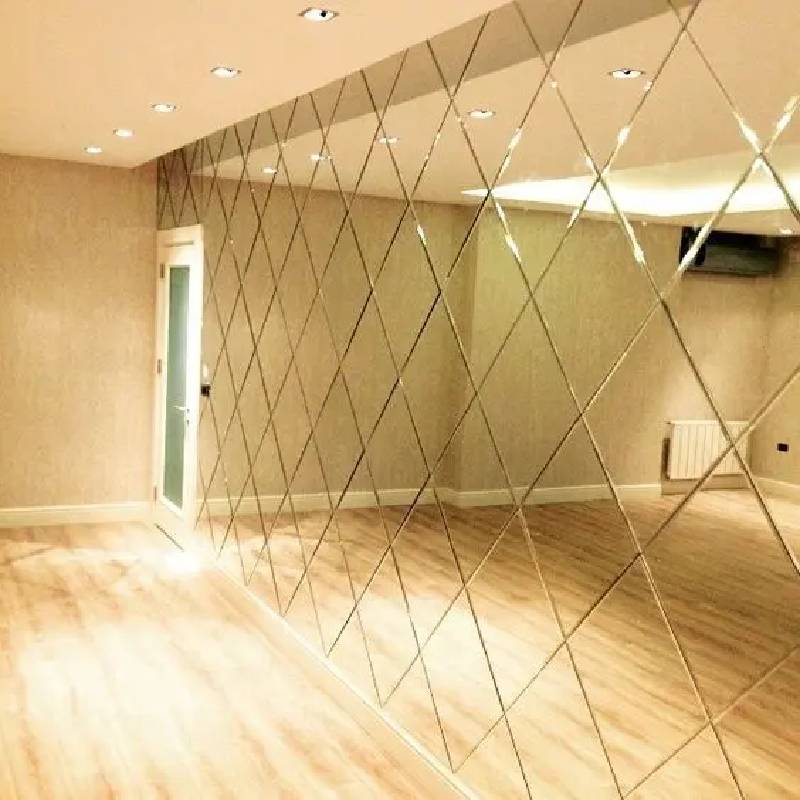- 1. Raw material selection: The process starts with the selection of high-quality raw materials, usually silica sand, soda ash and limestone. These materials were chosen for their purity and consistency, as they greatly influence the final quality of the glass.
2. Ingredients: The selected raw materials are accurately weighed and mixed together in specific proportions. This mixture, called a batch, is loaded into a furnace and melted.
3. Melting: The batch is fed into a furnace that is heated to extremely high temperatures, typically between 1,500 and 1,700 degrees Celsius (2,732 and 3,092 degrees Fahrenheit), depending on the type of glass being produced. Intense heat melts the batch into a viscous liquid called molten glass.
4. Shaping: Once the molten glass reaches the desired consistency, it is formed into the desired shape. This can be done by various methods such as blowing, pressing or moulding. For Moru glass, which often has intricate patterns, techniques such as glass blowing or hand shaping can be used to achieve the desired design.
6. Annealing: Newly formed glass undergoes a process called annealing to eliminate internal stress and strengthen the glass. This involves gradually cooling the glass at a controlled rate to ensure an even temperature distribution throughout the material.
7. Finishing: After annealing is complete, inspect the glass for any defects or blemishes. Any rough edges or sharp points are smoothed away, and the final product is cleaned and polished to enhance its appearance.
- 1. High transparency
Moru glass uses high-quality glass raw materials with high purity, so the transparency is very good and can provide excellent visual effects.
2. A sense of haziness
The vertical line texture of Moru glass has a simple geometric beauty and hazy feeling, which can have a semi-covering effect while maintaining spatial transparency.
3. Transparent but not see-through
Moru glass itself is glass, with the characteristics of glass itself transmitting light. In addition, due to its own grooves with a blurred matte surface, the reflected light, plants or decorations on the other side of the glass can be out of focus. More hazy beauty.
4. Good appearance and wide application
As a high-quality, high-transparency glass material, Moru glass has a variety of functions and functions. It has been widely used in construction, home decoration, automobile and other fields.
Clear Moru glass, ultra clear Moru glass, gray Moru glass, bronze Moru glass, golden Moru glass.
Regular thickness: 4mm, 5mm, 6mm, 8mm, 10mm
Regular size 2000*2440mm, 2100*2440mm, 2100*2800mm, 2100*3300mm
 Āfrikas
Āfrikas  albānis
albānis  amharu
amharu  arābu
arābu  armēņu
armēņu  Azerbaidžāņu
Azerbaidžāņu  basku
basku  baltkrievu
baltkrievu  bengāļu
bengāļu  bosniešu
bosniešu  bulgāru
bulgāru  katalāņu
katalāņu  Cebuano
Cebuano  Korsikānis
Korsikānis  horvātu
horvātu  čehu
čehu  dāņu
dāņu  holandiešu valoda
holandiešu valoda  Angļu
Angļu  Esperanto
Esperanto  igauņu
igauņu  somu
somu  franču valoda
franču valoda  frīzu valoda
frīzu valoda  Galisiešu
Galisiešu  gruzīnu
gruzīnu  vācu
vācu  grieķu valoda
grieķu valoda  gudžaratu
gudžaratu  Haiti kreols
Haiti kreols  hausa
hausa  havajietis
havajietis  ebreju valoda
ebreju valoda  Nē
Nē  Miao
Miao  ungāru
ungāru  islandiešu
islandiešu  igbo
igbo  Indonēziešu
Indonēziešu  īru
īru  itāļu valoda
itāļu valoda  japāņi
japāņi  javiešu
javiešu  kannada
kannada  kazahu
kazahu  khmeru
khmeru  Ruandā
Ruandā  korejiešu
korejiešu  kurdu
kurdu  Kirgizstānas
Kirgizstānas  TB
TB  latīņu valoda
latīņu valoda  latviski
latviski  lietuviešu
lietuviešu  luksemburgiešu
luksemburgiešu  maķedonietis
maķedonietis  Malgaši
Malgaši  malajiešu
malajiešu  malajalu
malajalu  maltiešu
maltiešu  maori
maori  maratu
maratu  mongoļu valoda
mongoļu valoda  Mjanma
Mjanma  Nepāliešu
Nepāliešu  norvēģu
norvēģu  norvēģu
norvēģu  oksitāņu
oksitāņu  puštu
puštu  persiešu
persiešu  poļu
poļu  portugāļu
portugāļu  pandžabu
pandžabu  rumāņu
rumāņu  krievu valoda
krievu valoda  Samoa
Samoa  skotu gēlu valoda
skotu gēlu valoda  serbu
serbu  Angļu
Angļu  Šona
Šona  Sindhi
Sindhi  singalu valoda
singalu valoda  slovāku
slovāku  slovēņu
slovēņu  somāliešu
somāliešu  spāņu valoda
spāņu valoda  sundāņu
sundāņu  svahili
svahili  zviedru
zviedru  tagalogs
tagalogs  tadžiks
tadžiks  tamilu
tamilu  tatārs
tatārs  telugu
telugu  taju
taju  Turku
Turku  Turkmēņu
Turkmēņu  ukraiņu
ukraiņu  urdu
urdu  Uiguru
Uiguru  uzbeku
uzbeku  vjetnamietis
vjetnamietis  velsiešu
velsiešu  Palīdzība
Palīdzība  jidiša
jidiša  Joruba
Joruba  zulu
zulu 

